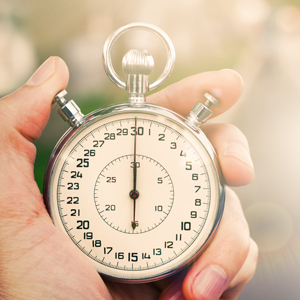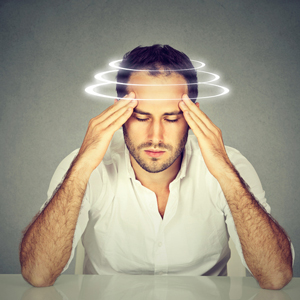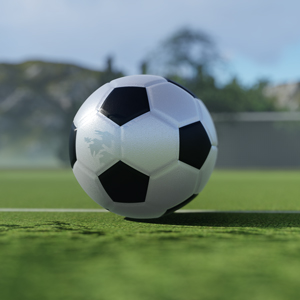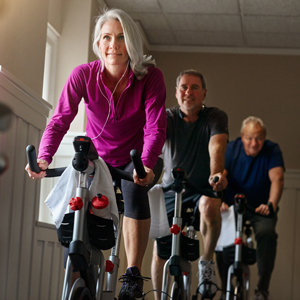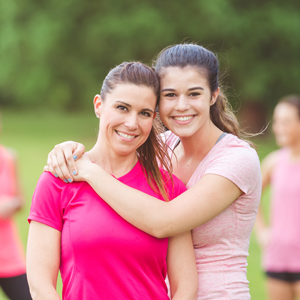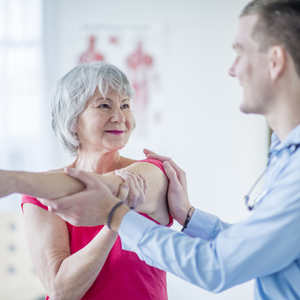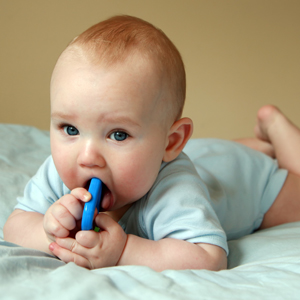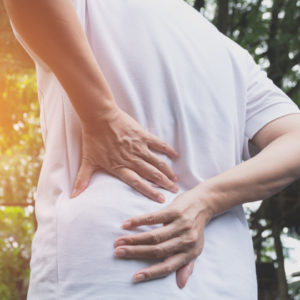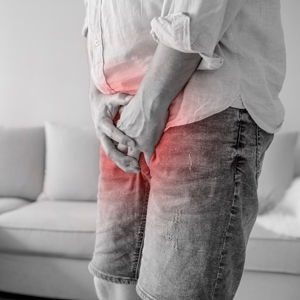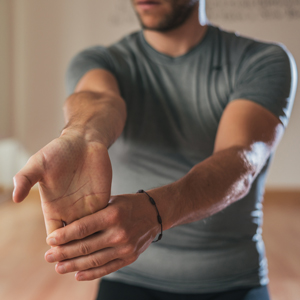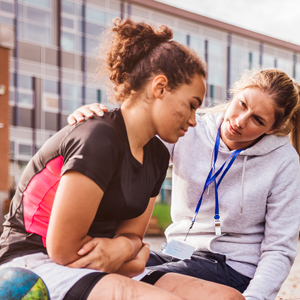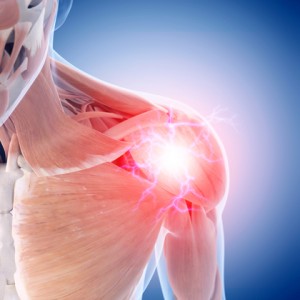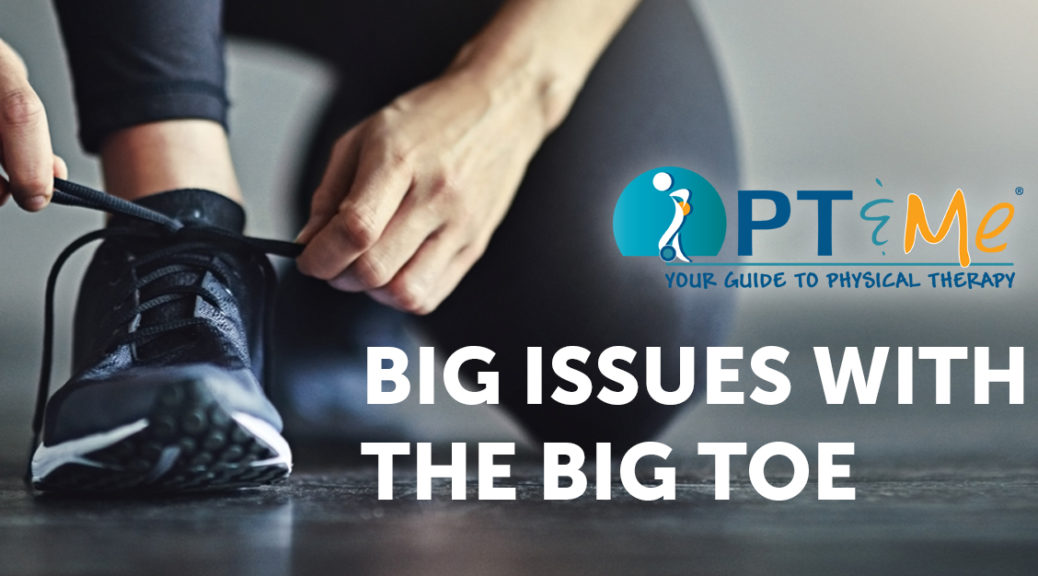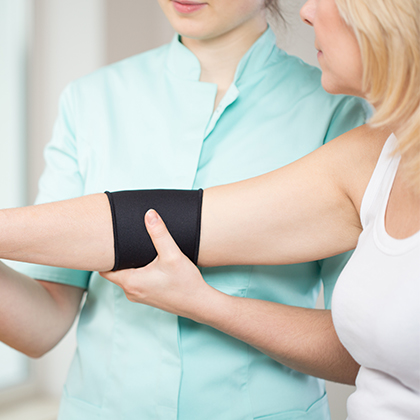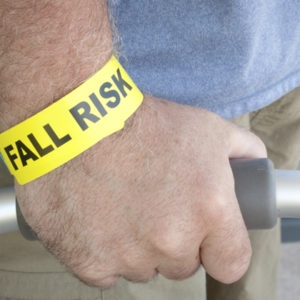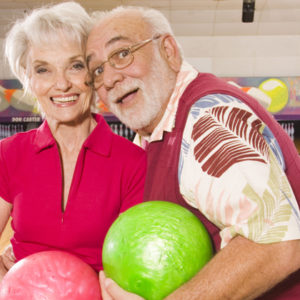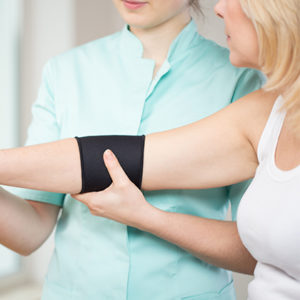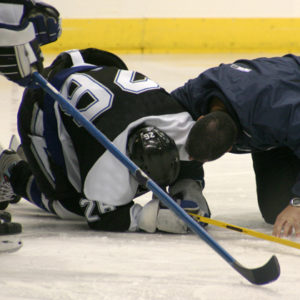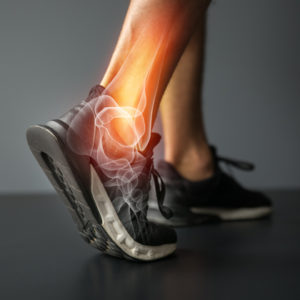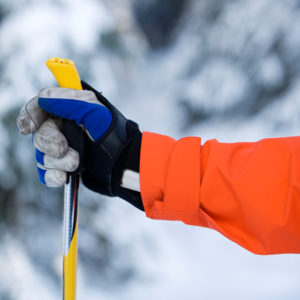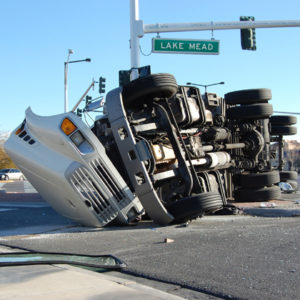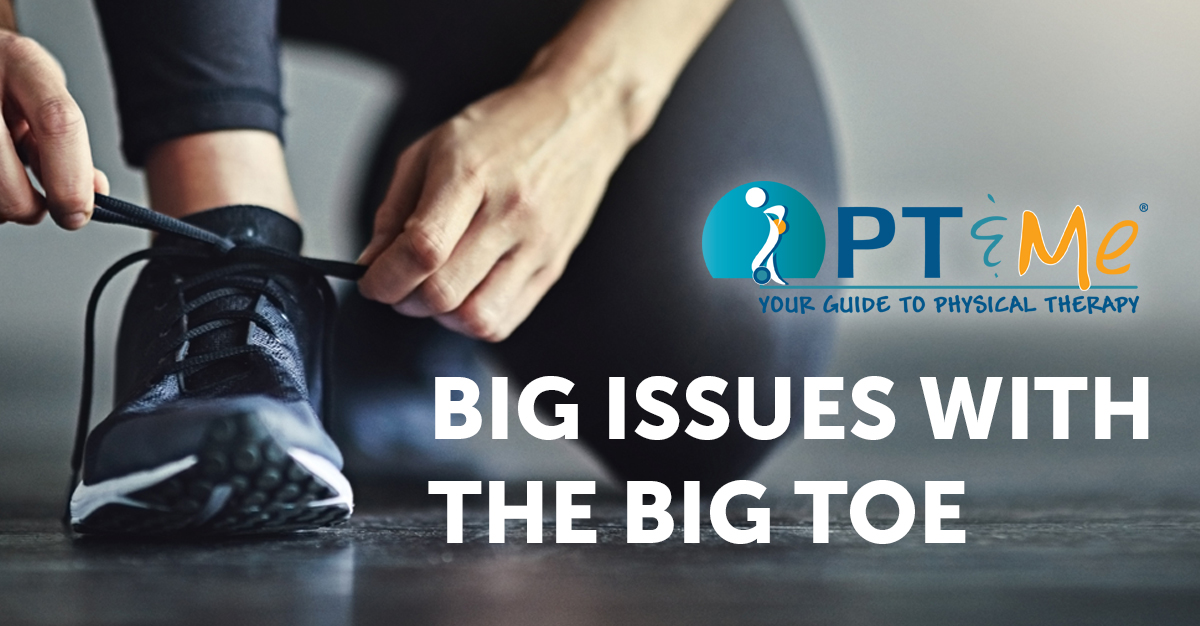
Many runners don’t realize what an important role the big toe plays in stabilizing the foot both during push-off and when the foot hits the ground. There’s a reason the big toe is also called the great toe: if it lacks strength, the foot can collapse. And if it is unable to move fluidly, unwanted motion will occur at the next link up the chain…the foot. And that’s not good. Let’s find out how big toe problems in runners can be addressed with physical therapy.
Quick vocabulary time-out: a joint can be hypermobile (too mobile) or hypomobile (not mobile enough). So how do we manual therapists know if a joint is moving too much or not enough? We look for 60-90 degrees of extension. If you can bend your big toe up so far that your toenail almost hits the top of your foot, that’s too much mobility! But if your big toe doesn’t bend at all or can’t budge up to 60 degrees, then you’ve got too little mobility.
Let’s look at hypermobility first. I see more instances of hypermobility in women than men, especially if the woman sits with her toe in extension, dances ballet now or in adolescence, or frequently wears high heels. Hypermobility can lead to a lengthening and weakening of the tendon or muscle, and can lead to issues like turf toe, plantar fasciitis, posterior tibilais tendinitis, anterior knee pain, and even chronic hip issues.
So what do we do? For a hypermobile joint, we have to stabilize the big toe using strengthening exercises. Research shows that the following exercises help stabilize the foot/arch:
The Isometric Vele Lean (think of the “Michael Jackson lean”)
- Find a neutral foot position. (A flat foot position will have little to no space between the floor and your middle arch. A high/rigid foot position allows you to fit two fingers between the floor and your middle arch. What you want is a neutral position in which the arch of your foot is just an index finger high off the ground.)
- Lean about ten inches forward (similar to the position you see skiers use when they jump off a slope to get distance), hold 10 seconds, and then return to the neutral foot position.
- Perform 10 reps, provided you do not feel pain.
Backwards Walk (sticking with the MJ theme, you could consider this a slow and controlled Moon Walk)
- Again, find a neutral arch.
- Walk backwards heel to toe (“retro tandem gait” in manual therapist speak), maintaining that neutral arch.
- Continue for two minutes, stopping if you feel fatigue or pain.
Let’s not forget that the toe, foot, and leg are like a chain, so we have to address all weak links, not just the hypermobility. For example, if a toe is hypermobile, the next joint up is often stiff. Or the knee might be painful. A manual therapist can help determine the cause (lack of quad strength? hip or foot weakness?) as well as the solution.
OK, now to address hypomobility, in which the great toe does not allow enough movement. Runners with hypomobile toes tend to compensate in one of two ways: they either over pronate, which can result in a bunion or a collapsed foot, or they can keep their feet supinated in order to avoid rolling off their big toes. As with hypermobility, it’s important to find the cause of the cause: what is the reason for the hypomobile big toe, which is the reason for such irritants as turf toe, plantar fasciitis, lateral foot pain, and even lateral ankle pain? And up the chain? Yes, even knee and hip pain can result from a big toe that can’t move freely enough.
While a manual therapist can help address your overly stiff big toe, you can also gain mobility with exercise at home. To determine if your great toe is too stiff, actively lift the toe while in a weight-bearing stance. You should be able to lift the toe high enough to allow you to slide a finger under it. If you can’t lift your big toe that high, try the following to get your hypomobile great toe moving:
- Kneel down and lift the hypomobile big toe by placing it on a folded towel in front of you.
- Holding the foot neutral, try a lunge or calf raise. If you feel pain, decrease the height of the big toe.
- Perform ten reps.
- Progress to more lifts the following day, provided you are not too sore.
The exercise above will certainly help loosen a big toe with low mobility. But if you aren’t able to get the big toe off the ground at all, then you may need to proceed with caution. Before attempting the lunge/calf raise exercise, simply try to hold a prolonged low-load stretch for seven minutes or longer. Be careful, as overly aggressive stretching can be harmful. I would rather you progress slowly, day by day, to make sure you keep you from pain. (Please seek a manual therapy fellow to prescribe the correct intensity and duration of activity if you DO have pain.)
Now, please don’t read the above and immediately diagnose yourself as having a problem with your great toes; many runners will never experience big toe stability or mobility issues. This is just one tool in a manual therapist’s toolbox. Just because you now have this hammer, it doesn’t mean you have a nail that needs hammering!
Written by: Brad Perry, PT, MS, SMTC, FAAOMPT
Owner @ Kingwood, Lake Houston, Spring-Klein, Cleveland, & Northern Oaks Sports Medicine Physical Therapy
Kinesiologist, USA Triathlon, USATF Certified Coach, & Slowtwitch Certified Running Coach
www.kingwoodotpt.com

